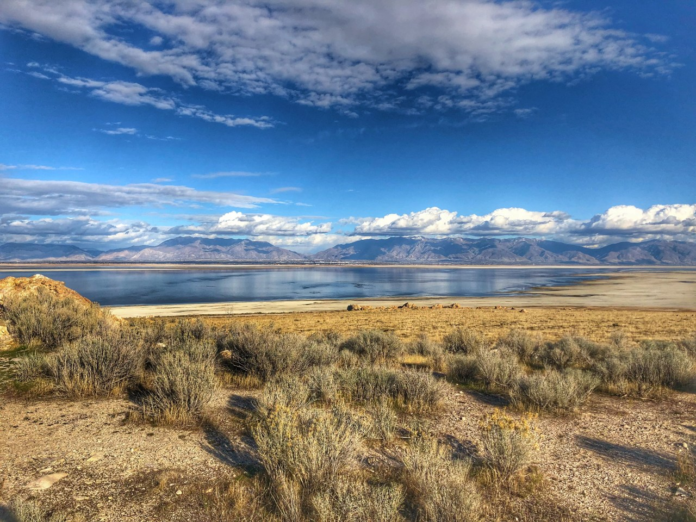SALT LAKE CITY (ABC4) — Several environmental and conservation groups filed a lawsuit against the State of Utah on Wednesday over the state’s alleged “failures” at the Great Salt Lake.
The lawsuit was filed jointly by Utah Physicians for a Healthy Environment (UPHE), American Bird Conservancy (ABC), the Center for Biological Diversity (CBD), Sierra Club and the Utah Rivers Council. It alleges the state does not ensure enough water reaches the Great Salt Lake due to upstream diversions.
The conservation groups hope to hold the State of Utah accountable for keeping the Great Salt Lake at a minimum elevation of 4,198 feet. The lawsuit also asks the state to take “sufficient action” to prevent further decline in the lake’s average annual elevation.
“In other parts of the world, where saline lakes have been allowed to shrivel up because of upstream diversions like those happening at the Great Salt Lake, the end result has been public health disasters from the clouds of relentless toxic dust,” said UPHE President Dr. Brian Moench in a statement. “Utah’s leaders are prioritizing these water diversions over protecting their own people, so the courts must intervene.”
Close Thanks for signing up! Watch for us in your inbox.
The groups allege the accused failure violates the public trust doctrine and is, in part, the reason for the decline of the lake.
The public trust doctrine puts natural resources into the trust of the state for the public. According to the lawsuit, the doctrine is “founded upon the necessity of preserving these resources for public use and enjoyment.”
The lawsuit alleges the State of Utah has “failed to review and modify upstream diversions.”
“Of the roughly 3.1 million acre-feet of water that would naturally flow in the Lake each year, 2.1 million acre-feet are diverted by upstream water users pursuant to State authorizations and thus never reach the Lake,” reads the lawsuit in part.
According to water data from the United States Geological Survey, the Great Salt Lake is currently below the minimum elevation level at 4,192.6 feet. In 2022, the lake reached an all-time low of 4,189.2 feet. In the last 33 years, the lake peaked at a high of 4,202 feet in 1999.
The Great Salt Lake did benefit from Utah’s record-breaking winter, rising about five feet from the all-time low from the spring runoff.
The lake has long been an environmental concern for Utah residents. As more of the lakebed is exposed from the drying water levels, dust harmful to humans spreads through the air. Declines in lake water levels have also been said to be catastrophic for biodiversity and Utah’s ecosystem.
“Utahns want to see the Great Salt Lake protected,” said Sierra Club lands and water programs senior coordinator Maria Archibald. “Unfortunately, our state leaders have repeatedly demonstrated that they aren’t interested in taking meaningful action to address this urgent issue.”
Earlier this year, the Utah legislature established the new role of Great Salt Lake Commissioner. The Commissioner is tasked with preparing and maintaining a strategic plan to improve the long-term health of the Lake. Utah Governor Spencer Cox appointed former Utah Department of Natural Resources Director Brian Steed as the state’s first Great Salt Lake Commissioner.
Utah legislature also signed several other bills into policy designed to help the Great Salt Lake. The bills included appropriating nearly $60 million from existing annual sales tax collections to a fund that would help restore the lake. Reservoirs overflowing from last winter’s runoff were redirected into the lake. In 2022, Utah’s federal delegation passed the Great Salt Lake Recovery Act, aiming to save lake water levels.
The lawsuit against the State of Utah can be read in its entirety below:




